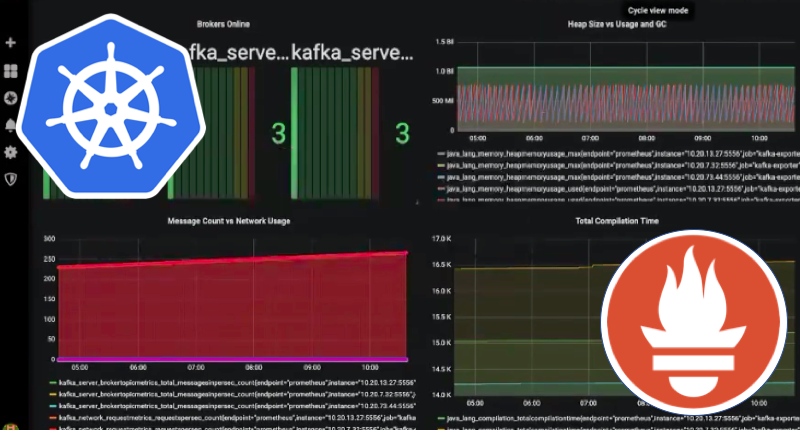Edge Computing and Video Streaming: Improving User Experience
If you’re in the tech community then it’s highly like that you have (at least) heard talk of edge computing. But what, exactly, is the latest tech buzzword referring to? What do they mean when they describe running applications “at the edge”? And, when it’s all said and done, what is it about edge computing










